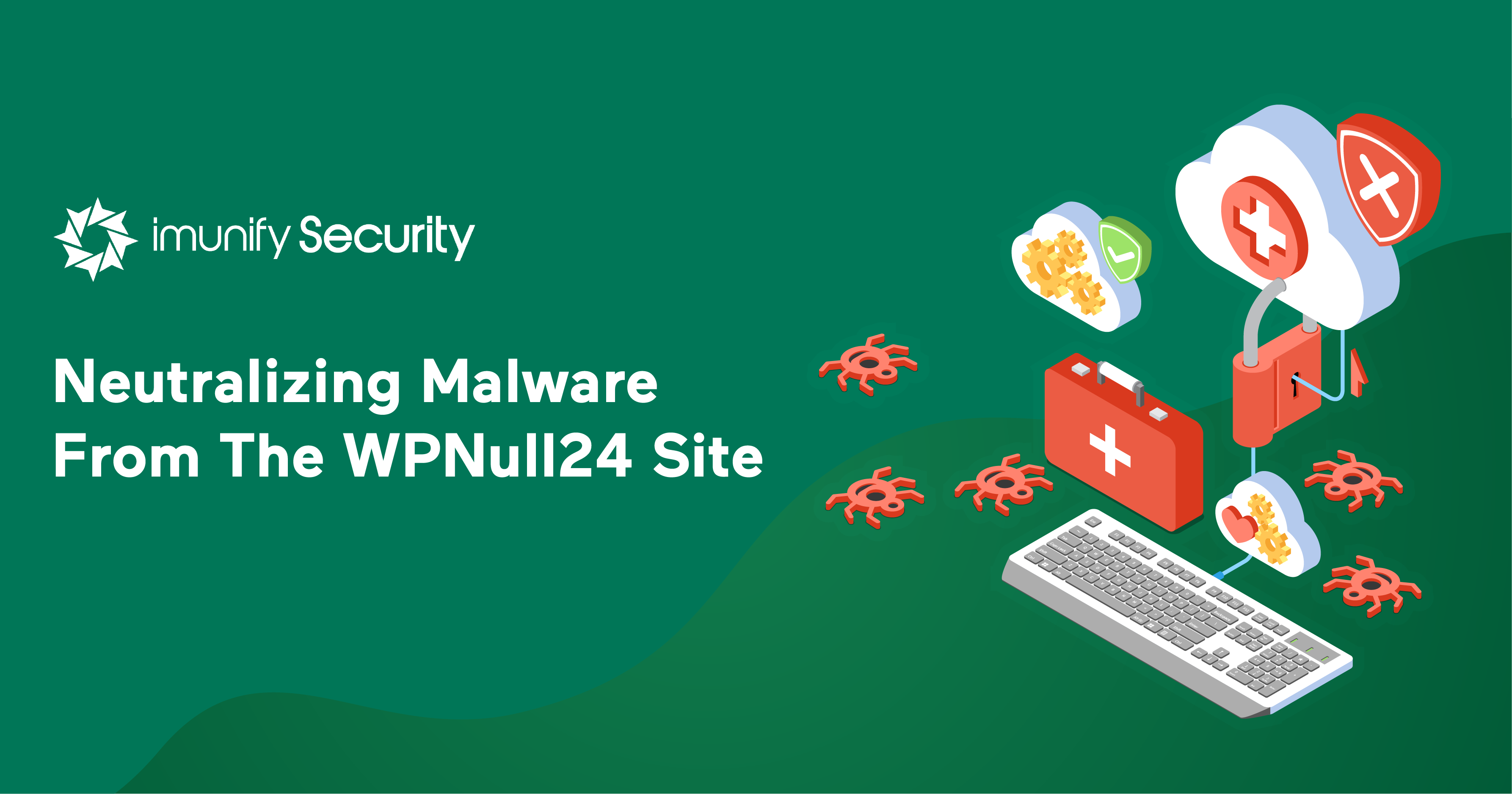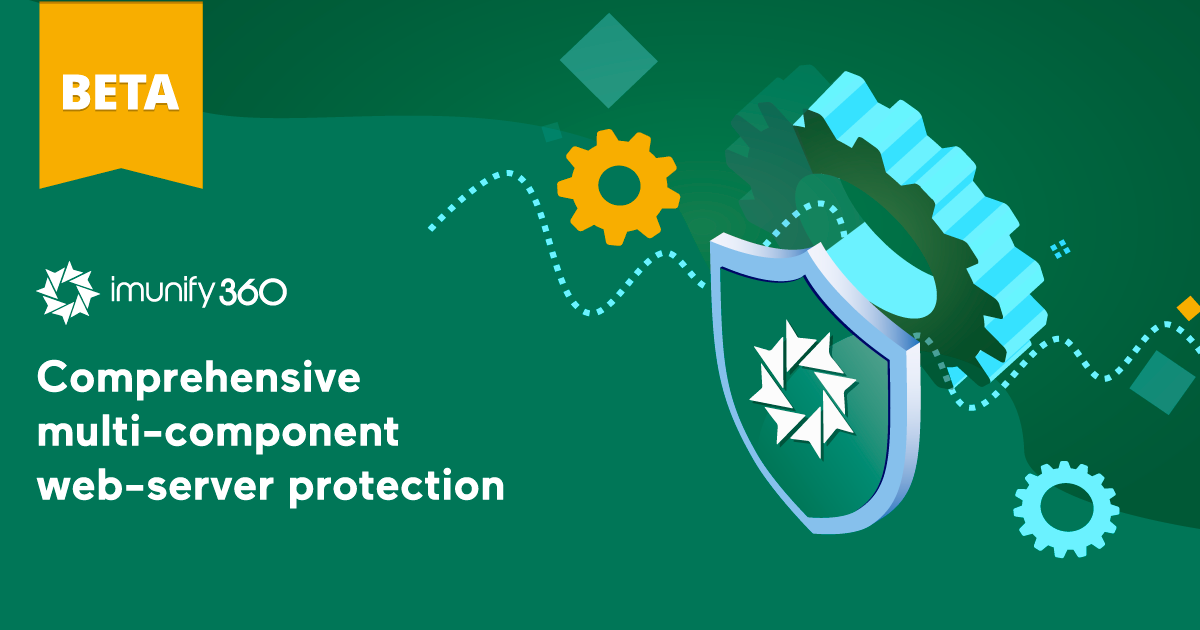
Prior to version 4.9, Imunify360 used embedded reCAPTCHA keys to show Google reCAPTCHA challenge for greylisted IP addresses and did not require any settings for captcha challenge. Starting from v4.9, Imunify360 admins can specify their own reCAPTCHA keys for the server.
In this article, you can find a step by step guide on how to set up a custom site and secret keys for your Imunify360 server.
.png)
The Imunify security team recently detected a vulnerable plugin in the WordPress plugin directory. It’s called PressForward, and it’s used to manage editorial workflow. This free plugin included an iframe that could be used to send visitors to a malicious web page.
The Imunify team identified the vulnerability in this plugin on the first of July, 2020. At the time it was discovered, the plugin was installed on 800+ websites, where it could be used to send visitors to phishing sites and conduct black SEO campaigns. The plugin’s change log indicates that it has been there for almost a year:

In rare cases, users of Imunify360, versions 4.9.2 and up, may experience issues with Webshield stability.
These issues are related to peculiarities of ip utility output, so servers having bondings with VLANs will not generate upstreams.conf. After the upgrade, attempting to restart Webshield leads to undetected interfaces, and Webshield refuses to start.

The Imunify security team has identified a security threat: a website, wpnull24.com, that provides WordPress themes infected with malware. This site offers “nulled” themes, or paid-for themes that have been modified so they can be downloaded for free.
The themes provided free of charge at wpnull24.com are particularly dangerous, because installing one of them infects all of a site’s themes, plugins, and core WordPress files with malware. Once a site is infected, it can be used for black SEO, phishing, and sending spam as well. Access to an infected site can also be sold to other cyber-criminals.

We’re pleased to announce that a new beta version of Imunify360 is now available. This new Imunify360 v.4.9.4 beta release includes the following changes.

.png?width=115&height=115&name=pci-dss%20(1).png)
